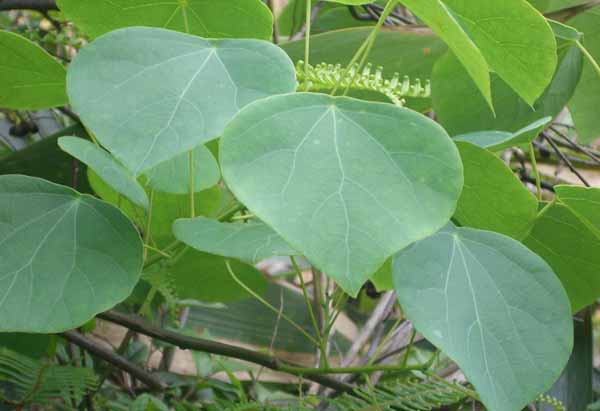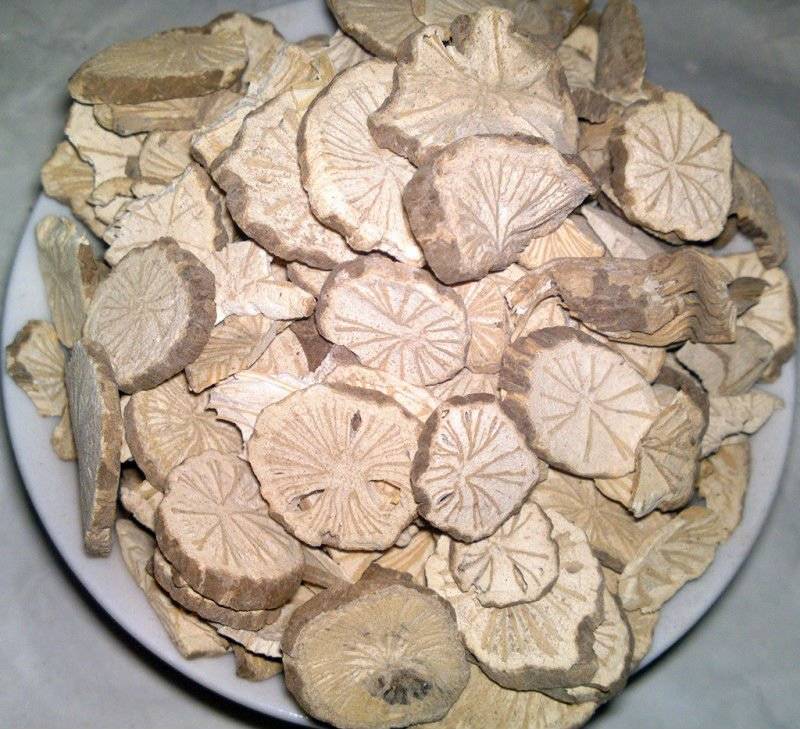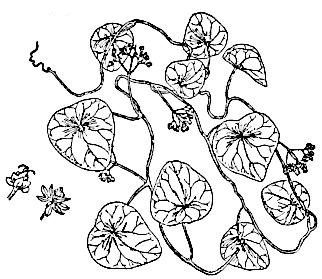Analgesic, Antipyretic, Muscle
relaxant.[2]
- Edema in constituentionally weak patients.
This combination is also used for swelling due to leg Qi. Used with
Poria
cocos- Fu ling and
Cinnamomum cassia-
Gui zhi.
[3]
- Seating, heavy sensation in the body, and superficial edema due to exterior
deficiency and invasion of Wind and Dampness, with
Astragalus
propinquus- Huang qi and
Atractylodes
macrocephala- Bai zhu.
[3]
[1] A Complete English Dictionary of Medicinal Terms in Chinese Acupuncture and
Herbalism 1981- Henry Lu Chinese Foundations of Natural Health- The Academy of
Oriental Heritage, Vancouver, Canada.
[2] Translation notes from Gary Seiford and Hocu Huhn- NSW College of Natural
Therapies. Sydney Australia (1982).
[3] Chinese Herbal Medicine Materia Medica- Dan Bensky and Andrew Gamble- Eastland
Press 1986 Seattle Washington ISBN 0-939616-15-7
Images
1.
alibaba.com
2.
[1]
3.
alibaba.com Tetrandrine, fang-chinoline, menisine,
menisidine, cyclanoline, fangchinin, demthyltetrandrine.[2]
References
[1] Chinese Herbal Medicine Materia Medica- Dan Bensky and Andrew Gamble- Eastland
Press 1986 Seattle Washington ISBN 0-939616-15-7
 Stephania
tetrandra. 汉
防 己
Hàn fáng jǐ
Stephania
Family: Menispermaceae
Stephania
tetrandra. 汉
防 己
Hàn fáng jǐ
Stephania
Family: Menispermaceae

